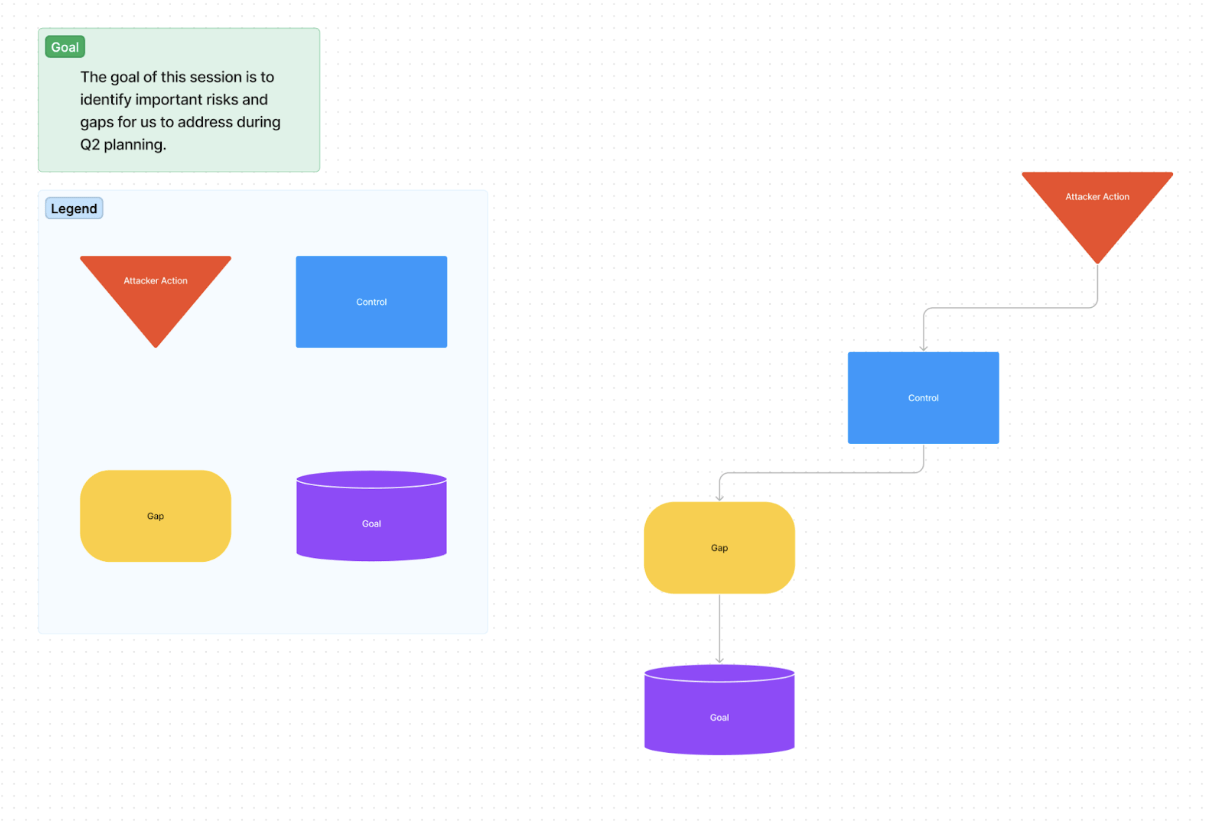Welcome!
The summer holidays are officially over, which can only mean one thing: the return of the Threat Modeling Insider newsletter!
We’re excited to pick up where we left off and continue sharing insightful articles and resources that delve into threat modeling. Let’s take a look at what’s in store for this month’s edition.



